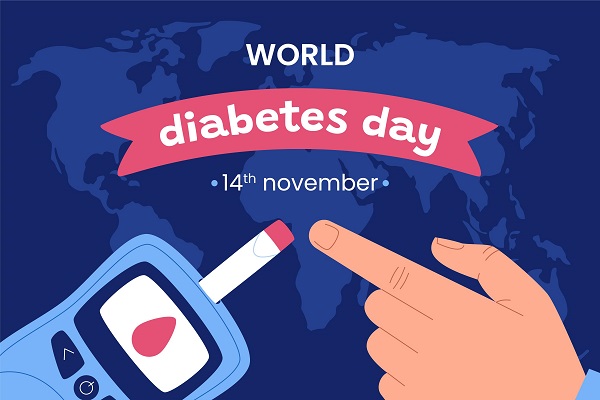Contributed by: Healthians Team
Introduction
Pre-diabetes is a condition when your blood sugar levels may be high — but not high enough to indicate diabetes.
It is also sometimes called ‘borderline diabetes’. The diagnosis of pre-diabetes should set off alarm bells, as it means you’re on the road to possibly progressing to Type 2 diabetes.
According to a 2018 study published in the Indian Journal of Medical Research, the estimated prevalence of pre-diabetes in India is 14 per cent – and that just includes a small minority of pre-diabetes cases who get themselves tested.
Others remain completely in the dark about their pre-diabetic status—in other words; unaware that they are at higher risk of developing a more serious chronic condition, or the gathering risk it represents.
The good news, however, is that pre-diabetes can be largely controlled and even reversed.
When you’re living with pre-diabetes, you should focus on preventing full-blown diabetes by opting for healthier food decisions at the grocery store, in the kitchen, and when eating out.
Let’s take a closer look at specific foods that offer a window of opportunity to correct course before the condition worsens into Type 2 diabetes.
These foods are the building blocks of a prediabetes diet plan.
Follow a green diet
Leafy green and non-starchy vegetables are a great go-to for those with prediabetes, as they are low in calories and full of antioxidants, vitamins and minerals.
Vegetables like spinach, kale, beans, cabbage, cauliflower, and celery are high in fibre.
This helps to aid digestion by increasing satiety and slowing the absorption of carbohydrates into the bloodstream.
Starch vegetables like potatoes, yams should be consumed in moderation as they can raise your blood sugar levels faster than non-starchy types.
Reduce your total carb intake
Besides being committed to healthy eating, it’s important to choose your carbs carefully to help reverse pre-diabetes.
Dietary guidelines from around the globe recommend that pre-diabetics should consume foods that are moderately low in carbohydrates and take longer to digest.
This helps prevent your blood sugars from sky-rocketing suddenly. Begin choosing whole-grain bread and pasta, brown rice and wholemeal bread.
It’s all too tempting to make refined carbs like white bread, pasta, and most cereals the foundation of every meal, but this should be avoided as it can cause blood sugar levels to spike.
Eat plenty of fruits
Fruits are beneficial to our health since they provide a wealth of vitamins, minerals, and fibre.
However, some are high in sugar, so choose lower-sugar fruits, such as berries and kiwi, most often.
Eat entire fruits instead of juices. Whole fruits include fibre, which delays the absorption of glucose in your body and fills you up.
Because much of the fibre has been removed from fruit juice, it is essentially a sweet drink.
Juicing also makes it difficult to assess portion sizes, making it easy to overeat.
Dried fruits are often high in sugar, and one serving is around a tablespoon. It’s easy to go over this limit, so it’s best to eat fresh fruits.
Include healthier fats in your diet
As part of your prediabetes diet, it’s critical to consume the correct kinds of fat.
Some fats, such as animal fats and refined carbohydrates are harmful to your health.
Eat more healthy fats, like nuts, seeds, extra virgin olive oil, and vegetable oils, while limiting animal fats and refined carbohydrates, can help prevent or control Type 2 diabetes.
Foods labelled ‘low-fat‘ should be avoided since the fat may be replaced with other undesirable components.
Drink water as your primary beverage
Staying hydrated is critical if you’re attempting to reverse pre-diabetes and prevent it from progressing to Type 2 diabetes.
Research has validated that drinking water regularly lowers blood sugar levels, and reduce diabetes risk.
Since it is calorie-free, it is also a healthy substitute for sodas and fruit juices.
Those beverages are typically high in sugar or contain caffeine which can cause a rapid spike in blood sugar, so avoiding these foods is important for pre-diabetes management.
Final thoughts
Rather than viewing prediabetes as a stepping stone to diabetes, it may be helpful to view it as an opportunity to reclaim your health before the more serious condition manifests.
When you know that diabetes could be lurking around any corner, the key is early intervention — to get your blood sugar out of the prediabetes range.
It is also worth keeping an eye out for the warning signs and being diligent with regular screening for type 2 diabetes.




